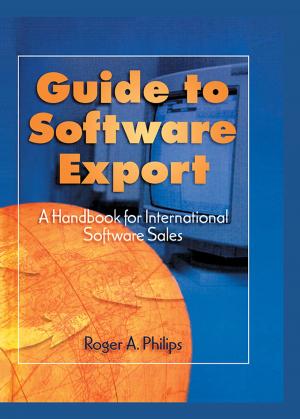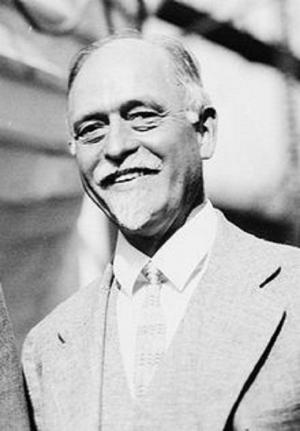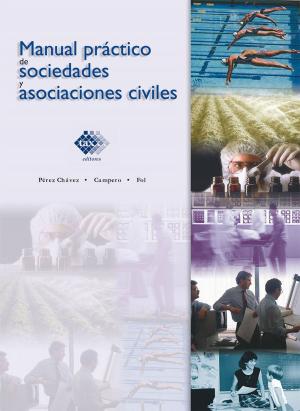A Definitive White Paper: Systemic Educational Reform (The Recommended Course of Action for Practitioners of Teaching and Learning)
Nonfiction, Reference & Language, Education & Teaching, Educational Theory, Educational Reform, Business & Finance| Author: | Kenneth Fetterman | ISBN: | 9781370897520 |
| Publisher: | Kenneth Fetterman | Publication: | January 17, 2017 |
| Imprint: | Smashwords Edition | Language: | English |
| Author: | Kenneth Fetterman |
| ISBN: | 9781370897520 |
| Publisher: | Kenneth Fetterman |
| Publication: | January 17, 2017 |
| Imprint: | Smashwords Edition |
| Language: | English |
This manuscript addresses the need to bring about more effective teacher training and propagate innovative schools in the United States (and abroad). It is intended to serve as a policy statement and position paper which will enable political forces to rally behind a comprehensive strategy that will rectify the shortcomings of our educational system. The constructs described may also be utilized by training and development professionals employed by corporations, governmental agencies, and social service providers to advance educational initiatives in these contexts.
A report published by the United Nations Educational, Scientific and Cultural Organization (UNESCO) authenticates the reality of "massive teacher shortages ... in sub-Saharan Africa, the Arab States and South Asia ..." that may impede goals "to provide every child" in these regions "with a good quality primary education" .... Even in countries such as China, Brazil and India which will need "fewer teachers" ... because of "declining school age populations", UNESCO recognizes the potential to improve education quality by investing more resources to train teachers and improve working conditions in target regions (UNESCO, Institute for Statistics, 2006, p.3). UNESCO identifies only 33 of the 194 sovereign nations that are recognized by the U.S. State Department. Their report lists 32 countries outside the U.S. with a current or expected teaching force that exceeds 50,000 teachers (Teachers and Educational Quality: Monitoring Global Needs for 2015, UNESCO, Institute for Statistics, 2006, p. 44). Excluding primary educators in the United States, the UNESCO study reveals a need for more than six million primary teachers in these (32) nations. Imagine the potential numbers of secondary practitioners that must be trained across the globe in the coming decades (as many nations have yet to systematize these levels of formal schooling). Honestly, given the need for teacher training at all levels in the U.S. and remaining 160 or more nations not considered by UNESCO; the potential to sustain political, economic, and social development initiatives in target regions via our straightforward, "research-based" professional development tutorials is pragmatic.
This manuscript addresses the need to bring about more effective teacher training and propagate innovative schools in the United States (and abroad). It is intended to serve as a policy statement and position paper which will enable political forces to rally behind a comprehensive strategy that will rectify the shortcomings of our educational system. The constructs described may also be utilized by training and development professionals employed by corporations, governmental agencies, and social service providers to advance educational initiatives in these contexts.
A report published by the United Nations Educational, Scientific and Cultural Organization (UNESCO) authenticates the reality of "massive teacher shortages ... in sub-Saharan Africa, the Arab States and South Asia ..." that may impede goals "to provide every child" in these regions "with a good quality primary education" .... Even in countries such as China, Brazil and India which will need "fewer teachers" ... because of "declining school age populations", UNESCO recognizes the potential to improve education quality by investing more resources to train teachers and improve working conditions in target regions (UNESCO, Institute for Statistics, 2006, p.3). UNESCO identifies only 33 of the 194 sovereign nations that are recognized by the U.S. State Department. Their report lists 32 countries outside the U.S. with a current or expected teaching force that exceeds 50,000 teachers (Teachers and Educational Quality: Monitoring Global Needs for 2015, UNESCO, Institute for Statistics, 2006, p. 44). Excluding primary educators in the United States, the UNESCO study reveals a need for more than six million primary teachers in these (32) nations. Imagine the potential numbers of secondary practitioners that must be trained across the globe in the coming decades (as many nations have yet to systematize these levels of formal schooling). Honestly, given the need for teacher training at all levels in the U.S. and remaining 160 or more nations not considered by UNESCO; the potential to sustain political, economic, and social development initiatives in target regions via our straightforward, "research-based" professional development tutorials is pragmatic.















